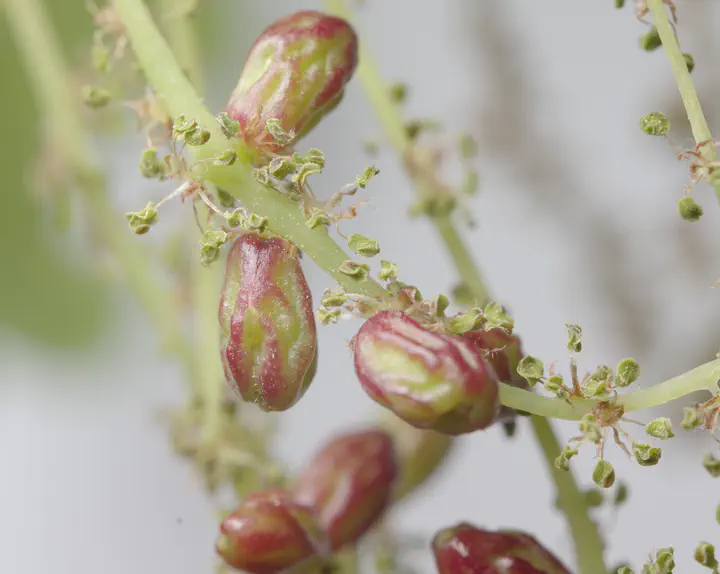Citizen science project on oak galls

2025 observation campaign of sexual generations of oak cynipids.
Observing and Collecting Spring Oak Galls
With the return of warmer weather, the first oak galls are beginning to appear. We invite you to participate in a campaign to observe and collect spring oak galls, particularly those of the less common species. Your observations and collections will enrich our knowledge of these fascinating organisms.
Due to their complex life cycle, alternating between a sexual and a parthenogenetic generation, cynipids are often best understood through only one of these two phases. For many species, it is the sexual generation that remains the least understood, and for good reason: their spring galls, more discreet and ephemeral, are rarely observed and collected.
To better understand these life cycles and improve our knowledge of oak cynipids, we are launching a campaign to observe and collect spring galls. The specimens will strengthen the Hymenoptera collections of the National Museum of Natural History and some will be barcoded.
How to participate?
Observe and document: When you find a gall on an oak, take detailed photos and note the host oak species.
Share your observations: Post them on iNaturalist, annotating the observation as a gall (in the Signs of Presence tab) so that it appears in the Observatoire francophone des Galles project. You can also report them on INPN Espèces. A specific quest dedicated to spring oak galls will soon be launched on this platform; we will keep you informed. Be careful not to generate duplicate entries by posting the same observation on both platforms.
Collect galls: For less common species, we invite you to send us specimens. Please do not collect in protected natural areas without permission.
Collection Instructions
Store galls in ziplock freezer bags, pierced with needle holes to prevent excess condensation. Attach a label with the following information: Name of collector Date and location of collection Host oak species Cynipidae species Observation code (iNaturalist, INPN Species, or other) Send specimens to the following address:
Antoine Guiguet National Museum of Natural History UMR ISYEB 7205 - DIVA Team 45 rue Buffon, 75005 Paris
By clicking on this link, you can download a list of species present in France as well as an identification key to help you. We are looking for all species, with the exception of Biorhiza pallida and Neuroterus quercusbaccarum, which are too common. Galls on Turkey oak (Quercus cerris) are of particular interest to us. If you have any questions, please feel free to contact us via this mailing list.